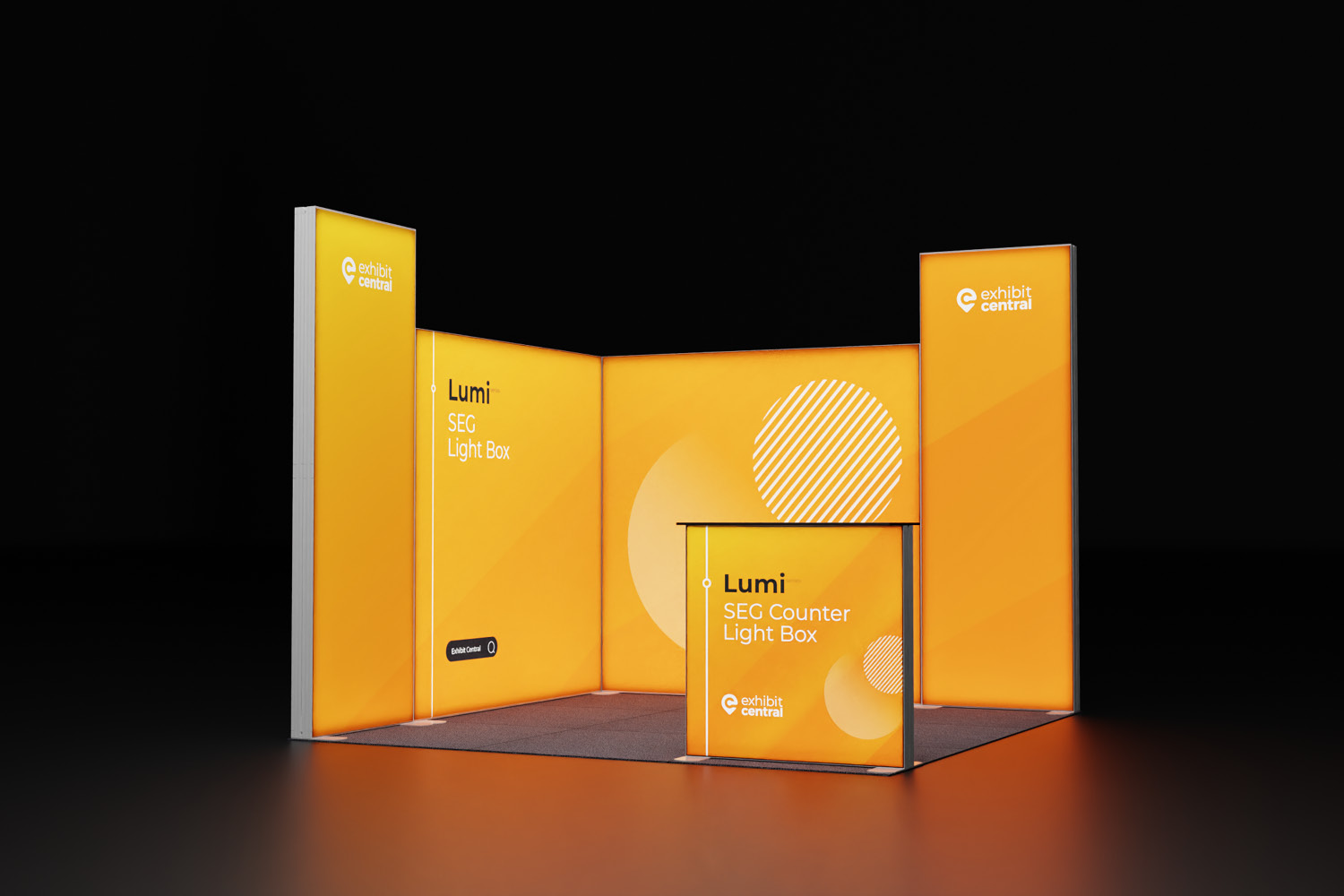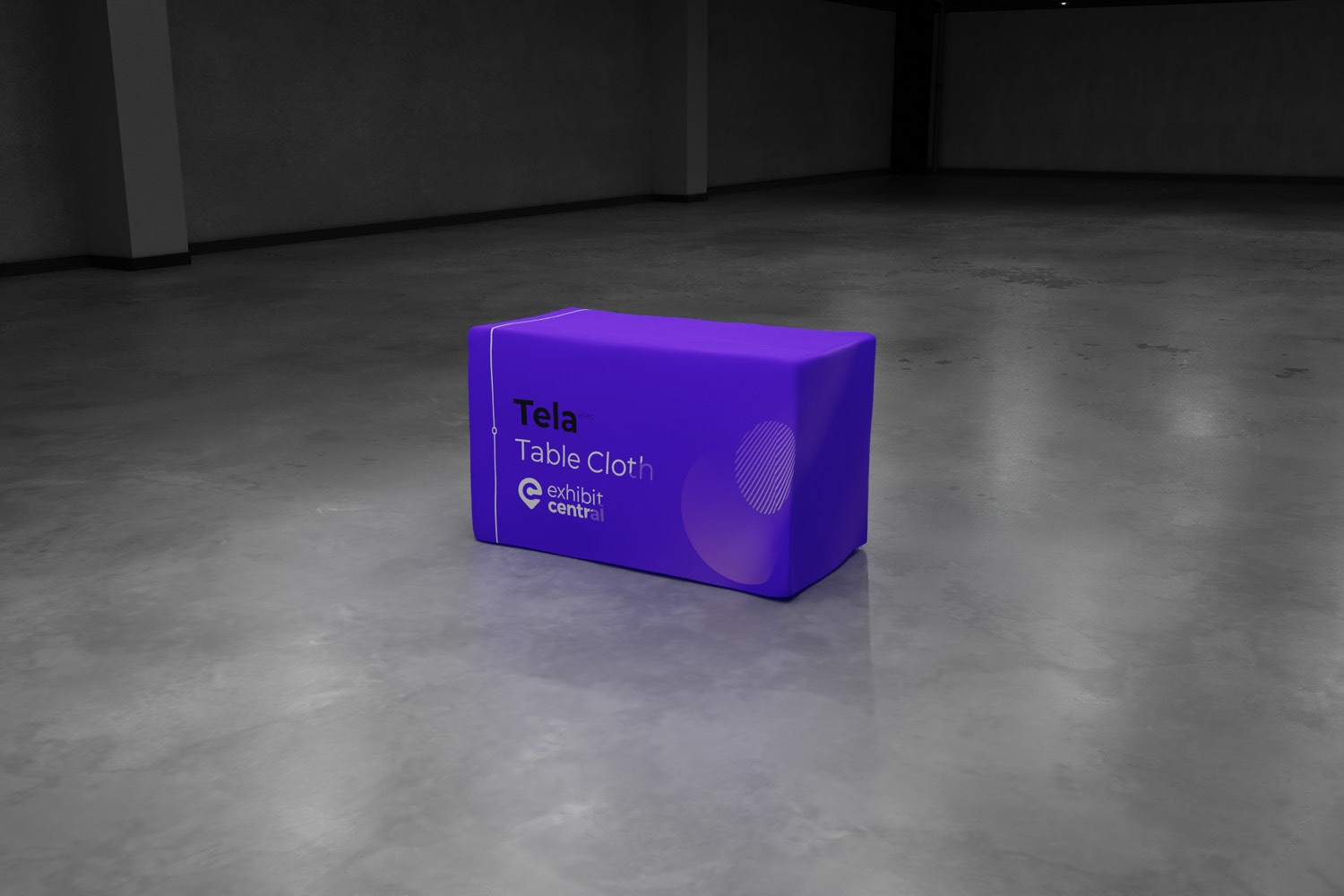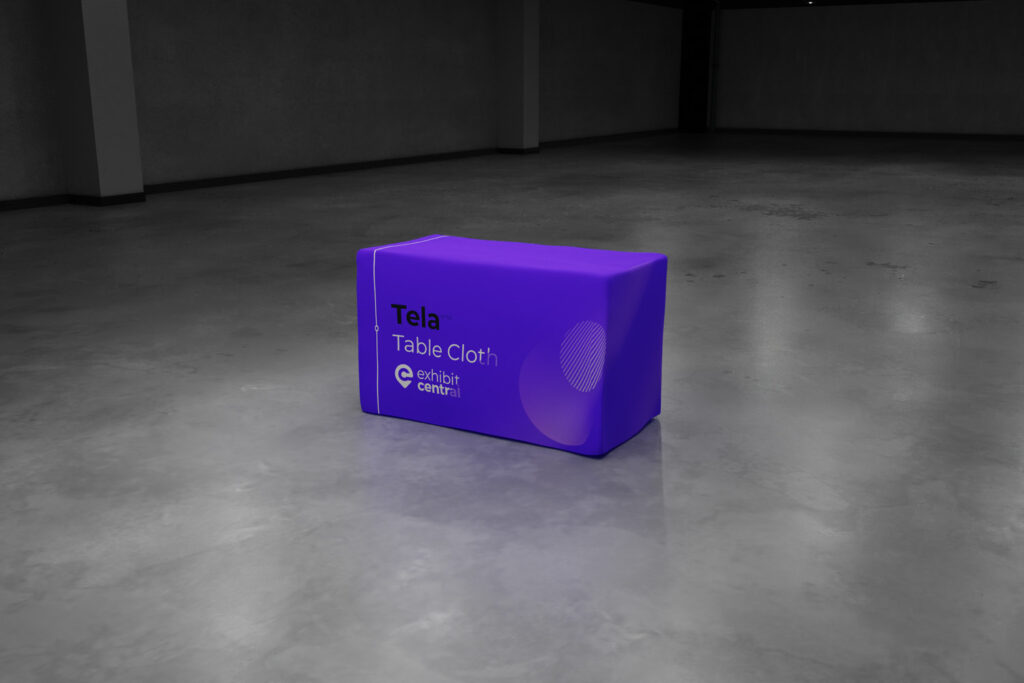
Marketers often find themselves falling short of meeting their event goals, mainly due to a lack of properly defining what success looks like. Setting clear and measurable goals is crucial to ensure that your event marketing efforts are effective and yield the desired results. In this article, we will explore the concept of SMART goal (Specific, Measurable, Achievable, Relevant, and Time-Bound) and discuss how to infuse them on your B2B event goals.
Advantage of the SMART Goal Approach
The SMART goals approach serves as an excellent starting point for developing a comprehensive marketing plan for your exhibition. By defining specific parameters for success, you eliminate guesswork, establish a clear timeline, and make it easier to track progress and identify missed milestones as part of your event planning objectives.
Let’s delve into the SMART goals framework and understand each component in detail.

- Specific: The first characteristic of a SMART goal is specificity. Your goal should clearly state what needs to be accomplished, who is responsible for it, and the actions required to achieve it. The more detail you include about the desired outcome of the exhibition, the better. For example, instead of saying, “Increase sales,” you could set a specific goal like, “Generate 75 new leads by collecting contact information at the two-day expo.”
- Measurable: Quantifying your goals is essential for effective tracking and evaluation. Determine the metrics you will use to measure progress and determine whether you have achieved or surpassed your goals. Examples of measurable metrics for expo marketing include the number of visitors at your exhibition stand, sales revenue, or the number of new leads generated.
- Achievable: While goals should be challenging, they should also be realistic and attainable. Setting objectives that are too far out of reach can lead to frustration and demotivation. Consider your available resources, skills, and capabilities when defining your goals. You may also want to set stretch targets to push yourself and your team beyond their comfort zone.
- Relevant: Ensure that your event marketing goals align with your brand and exhibition. They should support your overall business values and long-term objectives. Additionally, consider the skillset and strengths of your brand and exhibition team when setting goals. By setting relevant goals, you can ensure that your efforts contribute to meaningful outcomes.
- Time-Bound: To effectively measure success and increase the likelihood of achieving your goals, establish a deadline for each objective. Consider what can realistically be accomplished within a given time frame and to what standard. A time-bound goal could be, “Boost brand awareness and generate pipeline by meeting with 16+ senior executives by the end of the week of activities at the exhibition.”
SMART Goals for Expo Marketing
Setting SMART goals is crucial for successful exhibition marketing. These goals ensure clarity, accountability, and measurable outcomes. By incorporating the principles of SMART goal setting, you can maximise the impact of your exhibition efforts and drive meaningful results.
Now, let’s look at a few examples of SMART goals for exhibition marketing:
- By the end of the two-day expo, my sales team will capture 75 new leads by collecting contact information.
- In three months, in partnership with sales, solutions engineering, and marketing, we will generate $250,000 in revenue as a result of the products/solutions demonstrated on the exhibition stand.
- At the end of the week of activities at the exhibition, marketing and sales will boost brand awareness and generate pipeline by meeting with 16+ senior executives.

To create your SMART goals, integrate each aspect we’ve discussed into a strong and concise statement. Make sure that you have a solid product marketing OKR (Objectives and Key Results) This will provide a clear roadmap for your exhibition marketing efforts and help you align your objectives, strategies, tactics, and targets.
In addition to setting SMART goals, it is crucial to develop a comprehensive exhibition plan that includes clear objectives, strategies, tactics, and targets. Your objectives should reflect your SMART goals, while your strategy outlines how you plan to achieve those goals. Your tactics specify the specific actions you will take to implement your exhibition strategy.
For example, your objectives could be:
- Generate 100 qualified leads during the exhibition.
- Increase brand awareness by 30% among the target audience.
- Secure partnerships with at least three key industry influencers.
Your strategy may include:
- Creating an engaging exhibition booth design that attracts visitors and encourages interaction.
- Implementing a comprehensive pre-show marketing campaign to drive attendance and generate buzz.
- Leveraging social media platforms to promote the event and engage with attendees.

Your tactics could involve:
- Designing a product demonstration at the booth using eye-catching light box displays to capture attendees’ attention.
- Hosting a live presentation or workshop to showcase your expertise and educate the audience.
- Offering exclusive discounts or promotions for attendees who sign up or make a purchase during the exhibition.
By breaking down your strategy into actionable tactics, you create a roadmap for your exhibition marketing efforts. This ensures that you have a clear plan in place and enables you to allocate resources effectively.
Share
Author
Latest posts
Exploring the World of Self Build Exhibition Stands
The world of trade shows and exhibitions can be intimidating, especially for first-time exhibitors. But fear not! Self-build exhibition stands …
How Can Retail Displays Influence Consumer Behaviour?
Upon entering a store, the retail display often serves as a visual magnet, instantly capturing attention. Whether it’s a small …
From Attraction to Action: Psychological Strategies for Exhibition Display Stands
We all know that trade floors, exhibition halls, conferences, and retail stores are a whirlwind of activity and a battleground …
Drape in Style: Your Ultimate Guide to Choosing Custom Table Cloths
Ditch boring banquet tables and lacklustre trade show booths. Custom table cloths are the secret to transforming any space into …




































